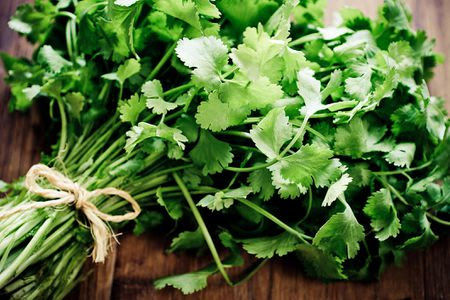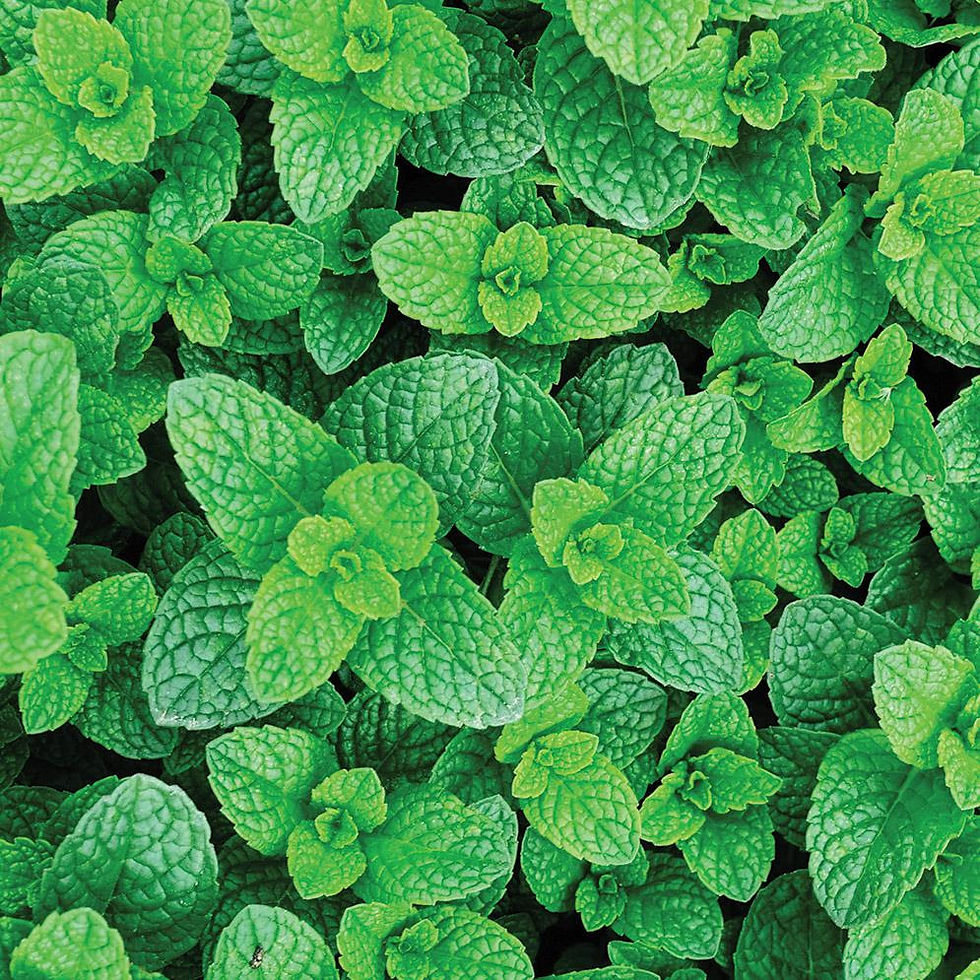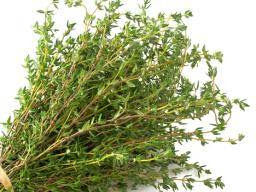Beyond Basil: 7 Herbs you NEED to Start Using
- moonvalleyfarm
- Apr 2, 2020
- 3 min read

Whether it’s on the farm or in life, sometimes it can be easy to get stuck in a rut. Luckily, there are no tractors getting stuck in ditches when you’re in the kitchen! Here at Moon Valley Farm we grow all kinds of wonderful herbs for our CSA members and customers. While basil is the most popular, there’s no reason these others should be overlooked! Keep reading to see what you might be missing in your kitchen…
Parsley

Often considered run-of-the-mill, parsley is really anything but! This versatile, workhorse herb is at home in almost any cuisine. The grassy and slightly bitter flavor of parsley adds depth when used raw or cooked into a dish. Use parsley as a garnish for pasta, potato dishes, roasted or grilled veggies and just about any protein. Parsley is a great match for American, Italian, French, Middle Eastern and South American cuisines (just to name a few).
Cilantro

Cilantro's cooling and pungently herbal flavor makes it a great complement to spicy, full flavored cuisines. Indian, Thai, Chinese and Mexican food are great candidates for this delicate, leafy herb. You can even use cilantro as you would lettuce or spinach in wraps, salads or tacos! The best way to experiment with cilantro is to chop up some as a fresh garnish for your favorite spicy dish.
Mint

The refreshing flavor of mint leaves deserve more attention in American kitchens. They’re not just for topping desserts! Fresh mint adds interest to fruit salads, Vietnamese summer rolls and even falafel mix! Spearmint or similar varieties tend to work best with savory foods, while peppermint and chocolate mint are more at home in sweets. Try adding fresh spearmint to a salad of roasted beets, fennel bulb and orange segments or toss some into a cold quinoa salad with vinaigrette! Peppermint is great infused into water for a refreshing twist on staying hydrated, and works wonderfully as a garnish for baked chocolate goodies. You can also try making mint-infused honeys for a unique complement to teas, fruit salads and biscuits.
Oregano

When people think of oregano, they might picture the shaker on the table of their local pizza place. However, fresh oregano has many more possibilities beyond your favorite slice! Fresh oregano leaves have the same earthy, spicy aroma of their dried counterpart but with an added green note. Their flavor also tends to be stronger than dried oregano because the aromatic oils haven’t degraded. Try oregano in pasta dishes, roast chicken, lemon butter sauces and gazpacho. Fresh oregano is also fantastic in soups, stocks and braises. Expect leaves and stems to range from woody (only eat the leaves) to soft and vegetal depending on the plant.
Dill

Dill, like many herbs, has a flavor that is altogether unique. However, it can easily be described as distinctly fresh, cooling and pungently herbal. The plant is tender (not woody) just like mint or parsley, but the leaves are tiny and almost featherlike, creating an altogether different texture. European, Asian and Middle Eastern cuisines have long used dill as a traditional flavoring. Try dill with pilaf, savory dressings, fish, potatoes and eggs. Dill is also excellent in fresh green salads, yogurt or sour cream sauces and as a garnish for soups and stews. Of course, don’t forget that dill is often synonymous with pickles!
Thyme

Woody herbs like thyme have tough stems and are a perennial in the Baltimore area (meaning they come back each year). Thyme is strongly aromatic and its flavor is much stronger when fresh. The fragrance is similar to pine and oregano and predominantly comes from the compound thymol, which the plant naturally produces in its oils. Thyme originated in the Mediterranean and is traditionally favored by European cuisine. With its strong flavor, thyme stands up well to roasts, braises and grilled items. It is also a standard component of the French bouquet garni, a sachet of herbs and spices used to flavor soups, stocks and sauces. On the farm we love thyme in biscuits, roasted root vegetables and grilled proteins!
Rosemary

Just like thyme, rosemary is also a woody perennial. Its thick waxy leaves can be eaten when young and tender, and are best chopped finely. Alternatively, rosemary can be used to infuse foods during cooking, and then be removed before serving (much like bay leaves). Rosemary’s strong, piney and mentholated fragrance makes it a good match for earthy foods. Try rosemary in potato soup, red meat dishes, mushroom dishes and pasta dishes with roasted garlic. If you want to infuse a dish with rosemary, leave the sprigs whole and either place inside the food (e.g. leg of lamb), infuse whole sprigs into your cooking fat as it warms or place sprigs in the cooking juices during the cooking process. Rosemary is also a fantastic complement to slow cooked Cannelini beans!






Comments